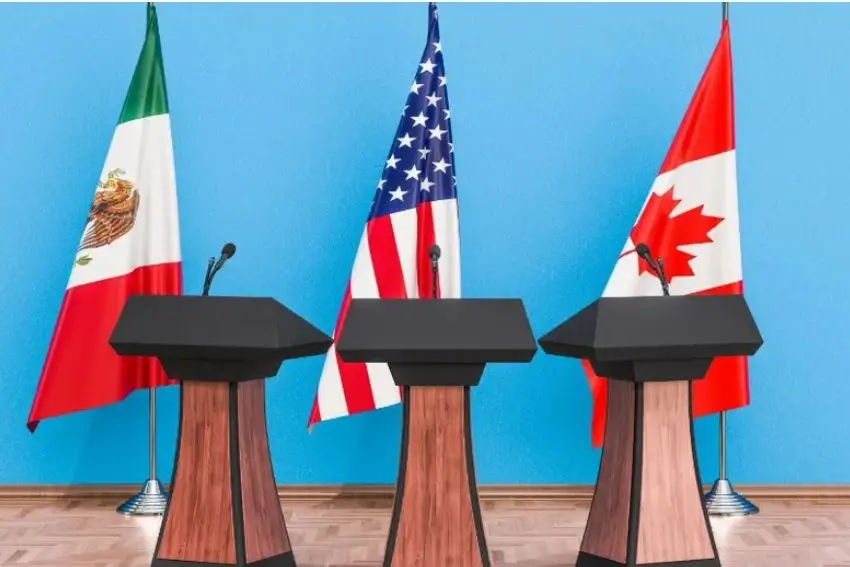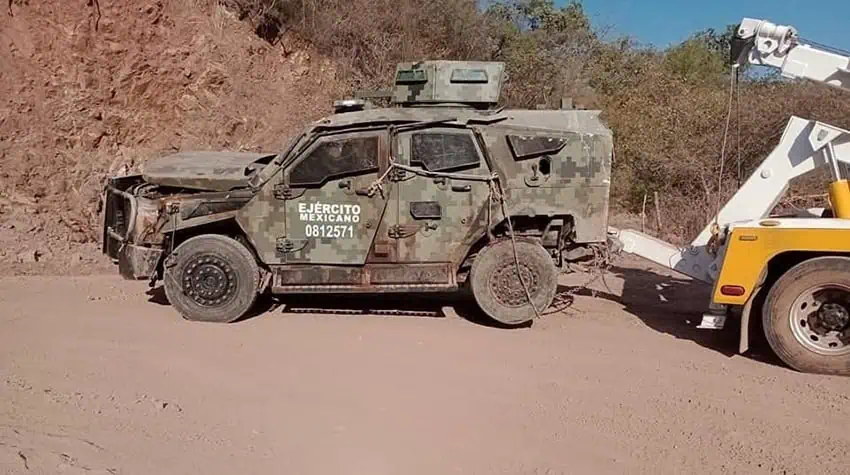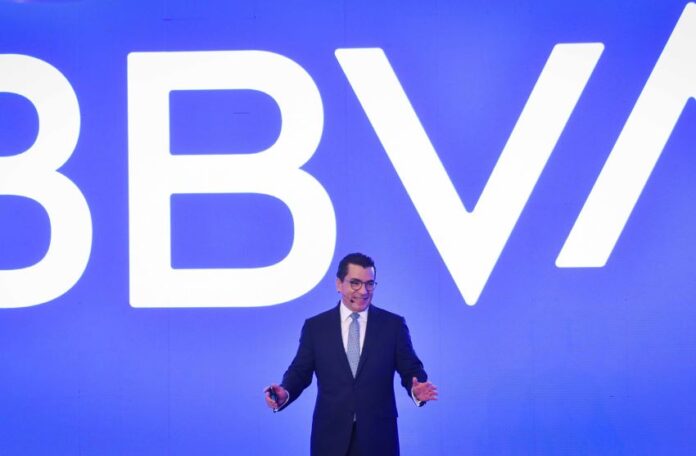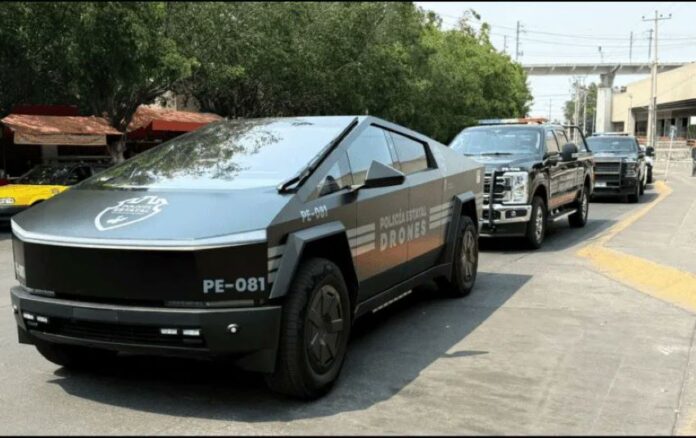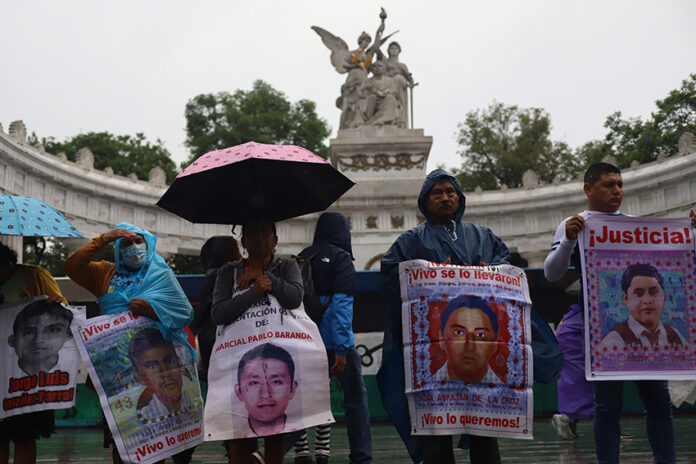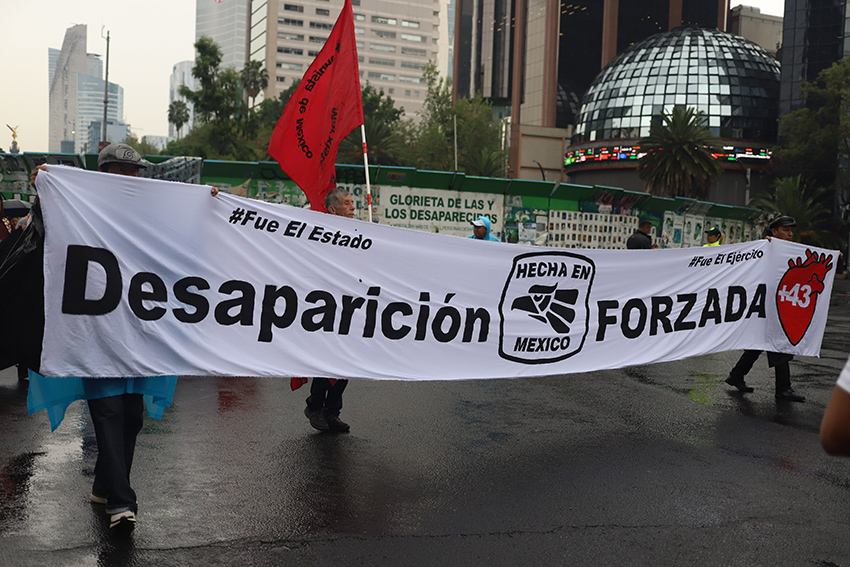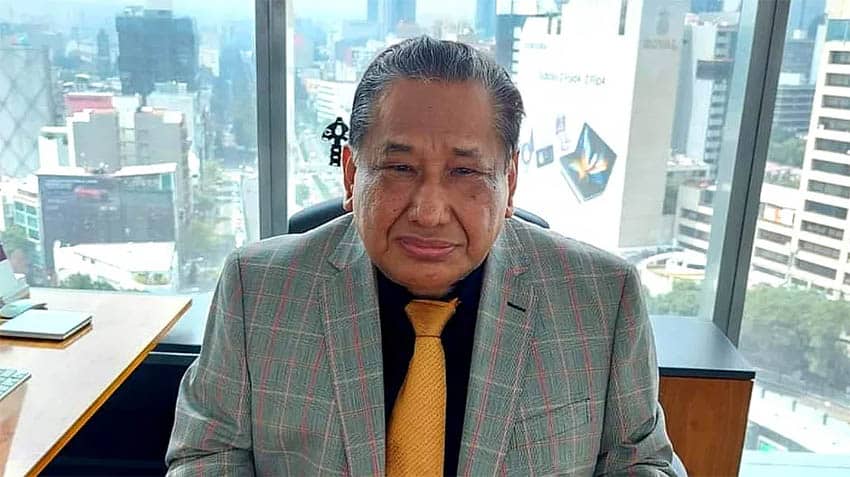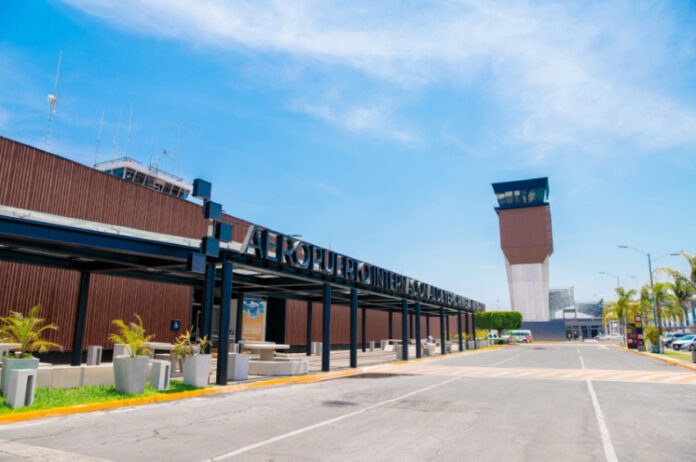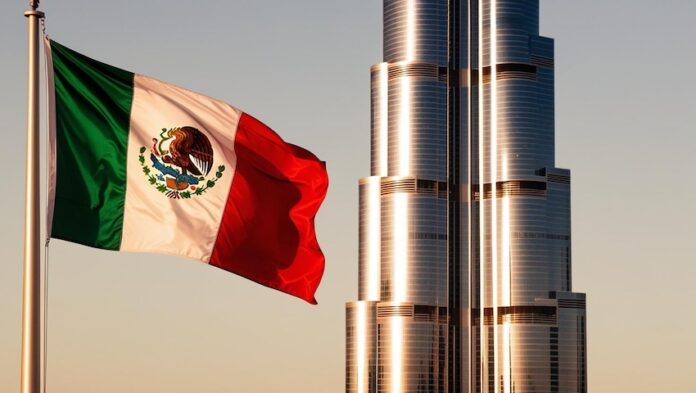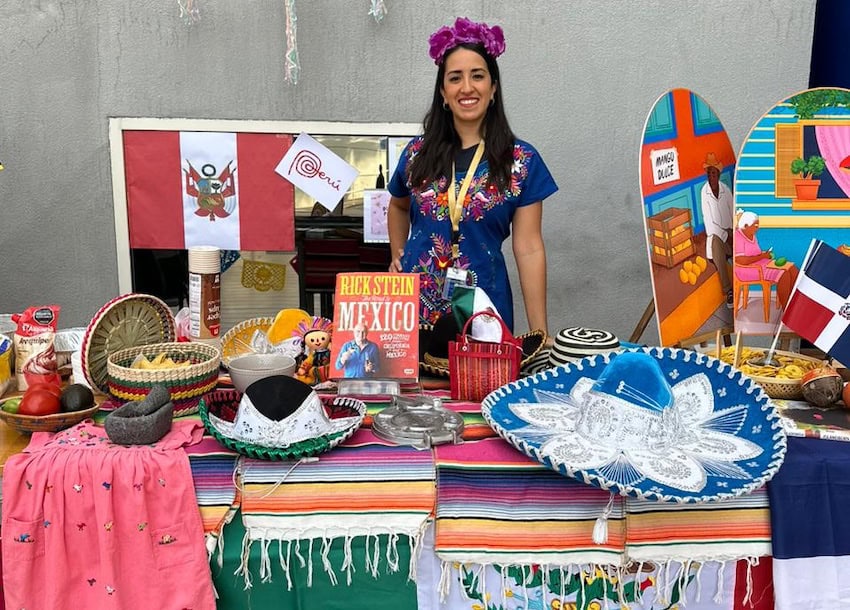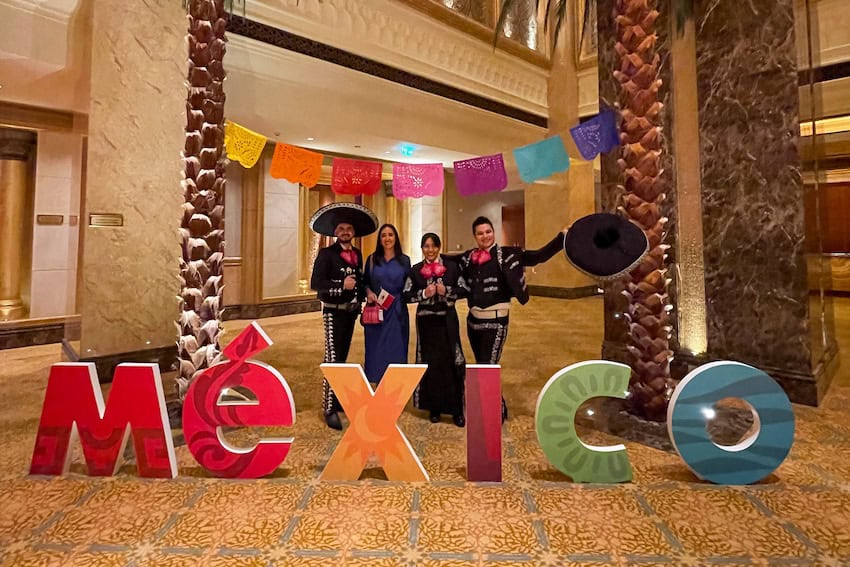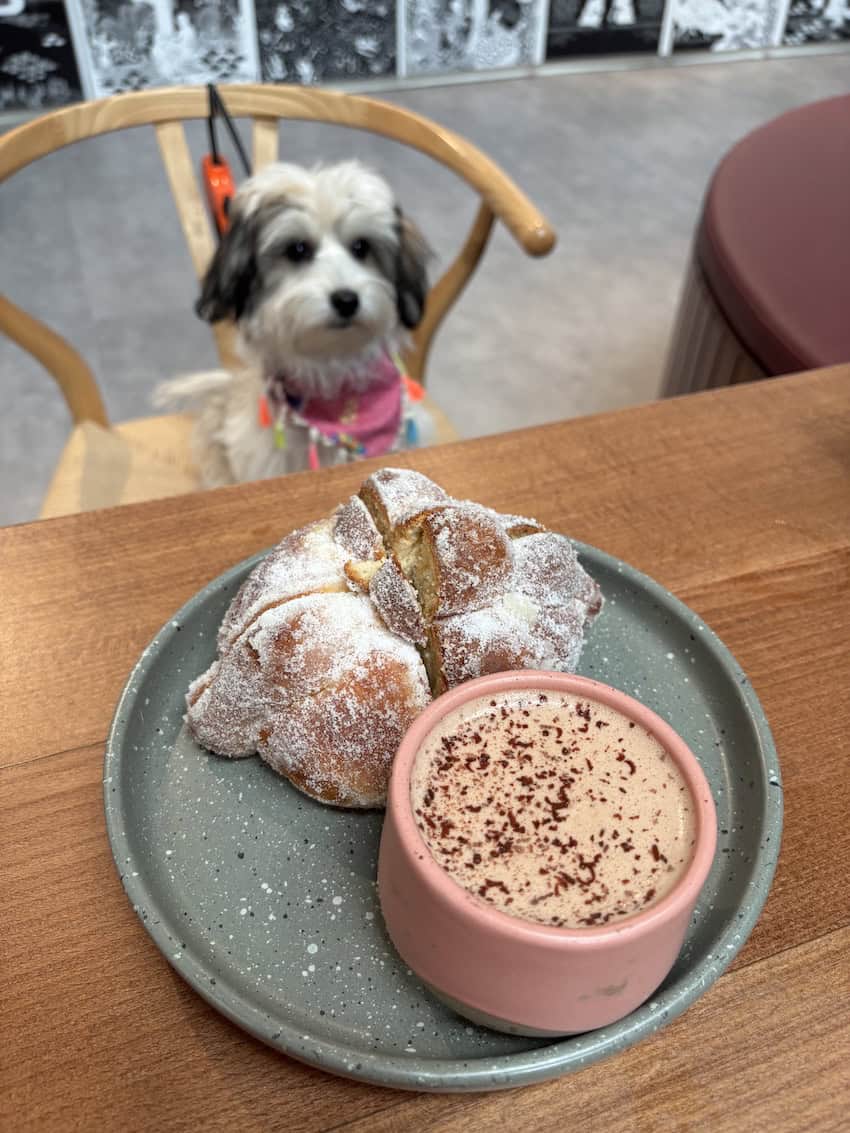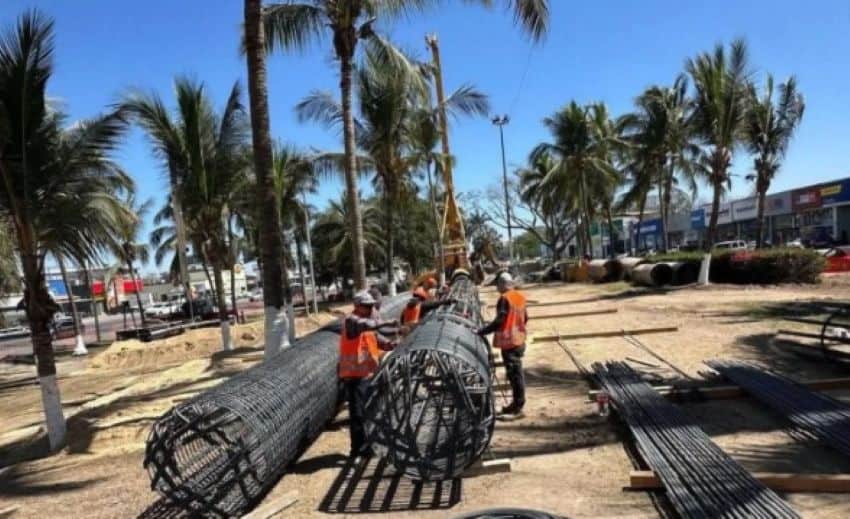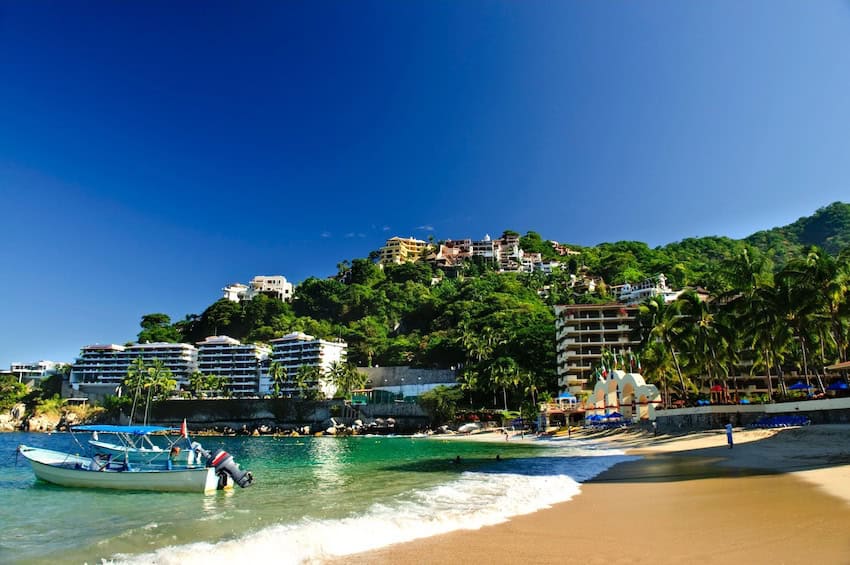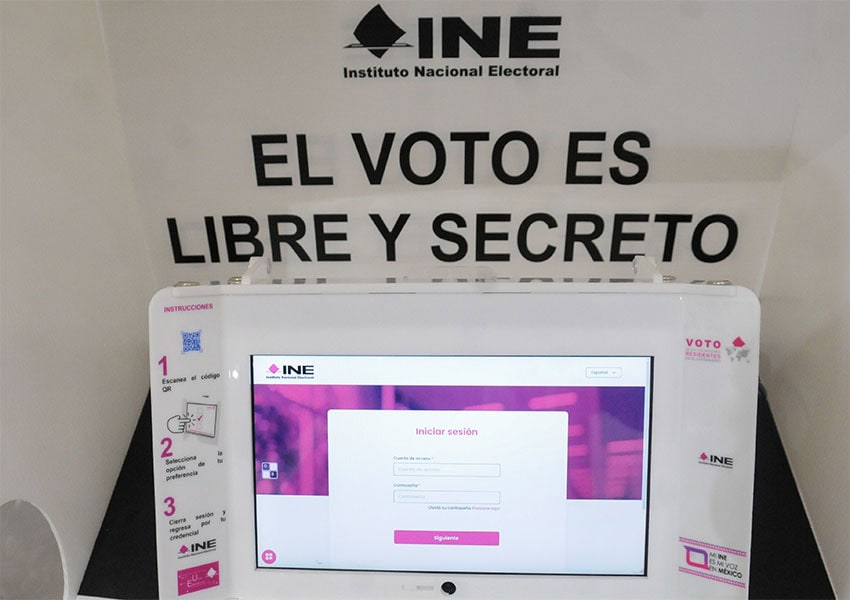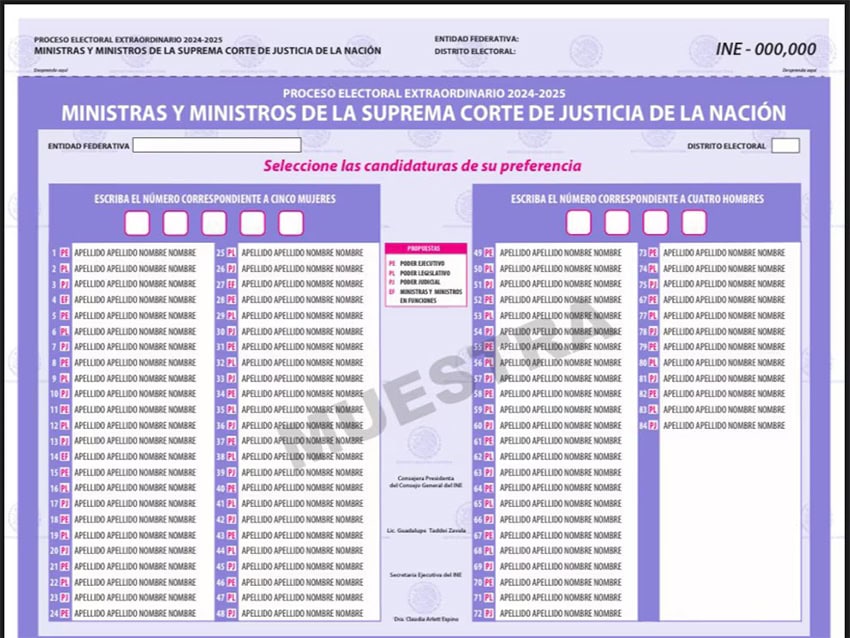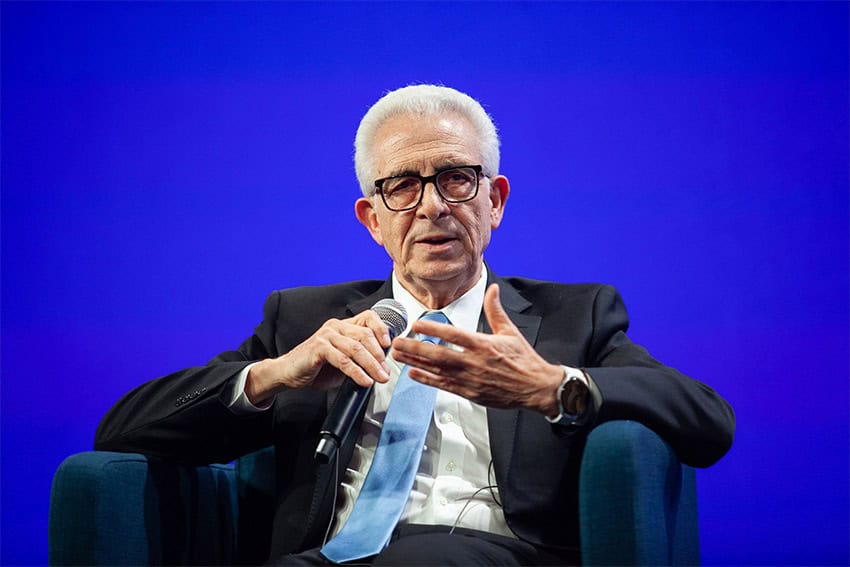June will be a sweet month in Guadalajara — literally, as the city hosts two separate June events featuring honey.
In addition to these culinary events, Jalisco’s capital and the surrounding area has several artistic and musical events in store for June, including Guadalajara’s iconic International Film Festival, a world-renowned Mexican folkloric dance concert, a classical-music gala honoring Tchaikovsky and much, much more.
Let’s dive right into it.
The Honey Fair

To kick off Guadalajara’s June events, the city will be hosting Guadalajara’s Honey Fair, organized by the Local Livestock Association of Beekeepers of Guadalajara. Attendees can expect a variety of honey-derived products for sale, including pollen, propolis, mead and sweets, as well as personal care products like soaps, shampoos and body lotions.
The event will also feature workshops for kids.
Date: 29 May–June 1
Location: Portales of the Municipal Palace of Guadalajara. Av. Miguel Hidalgo y Costilla 400, Zona Centro, 44100 Guadalajara
Cost: Free
Guadalajara International Film Festival

The Guadalajara International Film Festival (FICG) will celebrate its 40th edition in June, with the exhibition of 170 films. This year, Portugal will be the guest country, and the festival will feature 30 Portuguese films.
The opening film will be “Soy Frankelda” (I am Frankelda), the first Mexican feature film to use stop-motion technique, directed by brothers Arturo and Roy Ambriz.
Films will be screened in the city’s FICG Film Library, the Cineforo and the Cinépolis Centro Magno, and Cinépolis VIP Midtown movie theaters.
Date: June 6 to 14
Location: Guadalajara, Jalisco.
Cost: Prices vary according to cinema box office
Mexican Wine Festival
View this post on Instagram
The Mexican Wine Festival (FEVINO) is back in Guadalajara for its 11th year. Bringing together over 60 wineries from across Mexico, the event seeks to bring people closer to the culture of wine.
Attendees will be able to meet producers, learn about their processes, sample different labels and purchase their favorite vintages at special prices. There will also be talks given on wine and on Mexican chocolate.
For an additional price, you’ll gain access to an exclusive lounge area and to private wine tastings. Premium-ticket holders can also attend special gastronomy events, including a tacos tasting with the renowned chef of the Guadalajara restaurant Quelite, Jonathan Davalos. Premium ticket holders also get access to a wine-tasting event with sommelier Sam Cepeda. Check them out on Instagram for more information.
Date: June 7
Location: Ávila Camacho Park, Lomas del Country, 44610 Guadalajara.
Cost: Starting at 1,100 pesos (US $56)
Gala Tchaikovski

The Santander Performing Arts Ensemble of the University of Guadalajara will put on a classical concert honoring Piotr Ilich Tchaikovsky under the direction of conductor Enrique Arturo Diemecke and featuring the Soloists of America Orchestra. The event promises to feature all the maestro’s iconic pieces.
Date: June 8
Location: Conjunto Santander de Artes Escénicas. Anillo Periférico Norte Manuel Gómez Morín 1695, Colonia Rinconada de la Azalea, Zapopan.
Cost: Starting at 500 pesos ($26)
Asgard Fest

If you missed Avalon Fest, Guadalajara’s annual medieval festival held this past March, don’t miss out on Asgard Fest, put on by the same Guadalajara performing arts company, Woden Ulfar.
This time, the theme is Vikings, featuring combat performances in period Viking costume, opportunities to fight in battle like a Viking, try out archery and more. Listen to live medieval music on period-style instruments or take a souvenir home from the medieval marketplace, featuring artisan items from a range of craftspersons.
The event is open to children and adults. For more information on the location and ticketing, message the organizers on WhatsApp +52 33 2169 0727.
Date: June 7 and 8
Location: Terraza Paraíso. Prolongación Niños Héroes 88, San Agustín.
Cost: Starting at 190 pesos (US $9) for kids and 350 pesos (US $18) for adults
Guadalajara Pride

Two Pride parades will take place this year in Guadalajara, with one happening on June 7 and the other on June 14.
Both will kick off at 3 p.m. from the Minerva roundabout. From there, participants will parade through López Mateos until reaching Liberation Square. Organizers have planned an after-party on Liberation Square after the parade on June 14.
For more information, click here.
Date: June 7 and 14
Location: Starting meetup point is at the Minerva roundabout in Avenida Vallarta
Cost: Free
Amalia Hernández’s Mexican Folkloric Ballet concert

The Amalia Hernández Mexican Folkloric Ballet, one of the most recognized traditional dance troupes in Mexico, will be performing in Guadalajara in June.
Founded in 1952, the ballet is world-renowned for its efforts to disseminate and preserve traditional Mexican dance, having toured more than 60 countries and 300 cities.
Date: June 15
Location: Teatro Diana. Av. 16 de Septiembre 710, Centro, Guadalajara.
Cost: Starting at 300 pesos (US $15)
Beekeeper for a Day at Rancho Miel Oro

If you want to know what a beekeeper does and learn about the importance of bees to the environment, head to Rancho Miel Oro’s “Apiculture for a Day” event.
The price of admission includes a guided tour to see beehives up close, demonstrations of honey extraction, a honey-tasting event and opportunities to taste mead, an alcoholic beverage made with honey.
Date: June 21
Location: Rancho Miel Oro, Carretera La Venta – Tesistán km 3.3
Cost: Starting at 710 pesos per person (US $32)
Community Theater Opportunity
View this post on Instagram
Indulge your creativity, make new friends and experience art as part of a community with a new theater workshop starting up in Ajijic on June 4.
This free workshop requires a weekly commitment on Wednesdays and Fridays from 4 p.m. to 7 p.m. Individuals 16 and older can participate, and no previous experience is required.
To sign up and for more information, send an email here.
Date: June 4
Location: Centro para la Cultura y las Artes de la Ribera, Carr. Chapala-Jocotepec 168, La Floresta, Ajijic.
Cost: Free
‘For the Love of Chapala’ Poetry Workshop
View this post on Instagram
If you’d like to learn how to write poetry in Spanish, you can’t miss the poetic workshop “Por Amor a Chapala” (For the Love of Chapala).
Taught by Ana Warren, participants will be encouraged to write a poem to Chapala after learning about the town’s history and culture.
To enroll, send an email here.
Date: June 10 and 20
Location: Centro para la Cultura y las Artes de la Ribera, Carr. Chapala-Jocotepec 168, La Floresta, Ajijic.
Cost: Free
Gabriela Solis is a Mexican lawyer turned full-time writer. She was born and raised in Guadalajara and covers business, culture, lifestyle and travel for Mexico News Daily. You can follow her lifestyle blog, Dunas y Palmeras.



